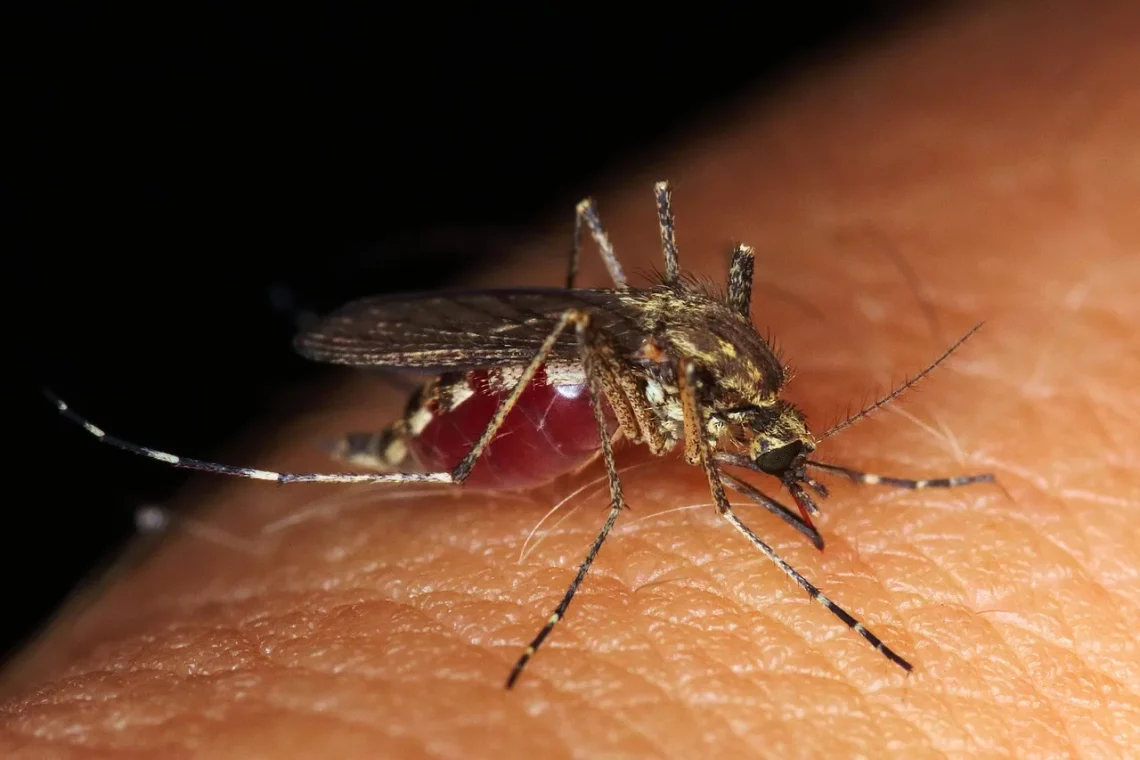
Understanding Rice Allergy: Symptoms, Causes, and Management Tips
Rice is a staple food for billions of people worldwide, known for its versatility and nutritional value. However, for a small segment of the population, rice can pose a serious health risk due to allergies. While rice allergies are relatively uncommon compared to other food allergies, they can still lead to significant discomfort and health issues for those affected. Understanding the nature of rice allergies, their symptoms, and the underlying causes is essential for managing this condition effectively.
Food allergies, including rice allergies, occur when the immune system mistakenly identifies a harmless substance as a threat. This misinterpretation can trigger a range of immune responses, leading to various symptoms that can affect multiple body systems. For individuals with a rice allergy, consuming even a small amount of rice may lead to an allergic reaction, which can range from mild to severe. This article aims to provide insights into the complexities of rice allergies and the necessary steps to manage them.
Common Symptoms of Rice Allergy
The symptoms of a rice allergy can manifest in different ways, primarily affecting the skin, digestive system, and respiratory system. Recognizing these symptoms is crucial for prompt diagnosis and management.
One of the most common manifestations of a rice allergy is skin reactions. These can include hives, eczema, or general itching. The skin may become red and inflamed, causing discomfort and distress. In some cases, allergic reactions may present as swelling, particularly around the face and lips, which can be alarming for the individual affected.
Gastrointestinal symptoms are also prevalent among those with a rice allergy. These may include nausea, vomiting, diarrhea, or abdominal pain shortly after consuming rice. The severity of these symptoms can vary, and in some cases, they may resemble other gastrointestinal disorders, making diagnosis more challenging.
Respiratory symptoms can include nasal congestion, sneezing, or a runny nose, similar to seasonal allergies. In more severe cases, individuals may experience difficulty breathing or wheezing, which can escalate into a life-threatening condition known as anaphylaxis. Anaphylaxis requires immediate medical attention, as it can lead to shock and even death if not treated promptly.
It’s essential to note that symptoms can vary significantly from person to person. While some may experience mild discomfort, others may face life-threatening reactions. If you suspect a rice allergy, consulting a healthcare professional for appropriate testing and diagnosis is vital.
Understanding the Causes of Rice Allergy
The exact cause of rice allergies remains largely unknown, but several factors may contribute to their development. Genetic predisposition plays a significant role, as individuals with a family history of allergies are more likely to develop food allergies themselves. This hereditary component suggests that specific genes may influence the immune system’s response to certain proteins found in rice.
Environmental factors also play a crucial role in the development of food allergies. For instance, early exposure to potential allergens, dietary habits, and geographical location can influence an individual’s likelihood of developing a rice allergy. Some studies suggest that children who consume rice at a young age may have a lower risk of developing an allergy. However, this is not universally accepted, and more research is needed to understand the relationship between early exposure and allergy development fully.
Moreover, the type of rice consumed may also be a factor. Different varieties of rice contain distinct protein profiles, which may trigger allergic reactions in some individuals. For example, white rice may have different allergenic properties compared to brown rice or wild rice. This variability highlights the importance of identifying which specific type of rice may cause an allergic reaction.
Additionally, cross-reactivity can occur in individuals allergic to other foods. This means that if someone is allergic to another type of grain, such as wheat, they may also experience allergic reactions to rice due to similar protein structures. Understanding these connections can aid in better management of food allergies overall.
Managing Rice Allergy Effectively
Managing a rice allergy involves a multi-faceted approach, primarily focused on avoidance of the allergen. The first step for anyone diagnosed with a rice allergy is to eliminate all forms of rice and rice-containing products from their diet. This includes not only whole grains but also processed foods that may contain rice flour or rice starch, such as certain snacks, sauces, and baked goods.
Reading food labels diligently is essential for those with a rice allergy. Many processed foods can contain hidden sources of rice, and understanding how to identify these ingredients is vital for preventing accidental exposure. Additionally, individuals should be aware of cross-contamination, particularly in restaurants or food preparation areas where rice may be cooked alongside other foods.
In cases of accidental exposure, having an emergency plan is crucial. Individuals with a known rice allergy should carry an epinephrine auto-injector to manage severe allergic reactions. It’s also advisable to inform friends, family, and coworkers about the allergy, ensuring they know how to respond in case of an emergency.
Consulting with an allergist or a registered dietitian can provide additional support and resources for managing a rice allergy. These professionals can help develop a balanced diet that avoids allergens while ensuring nutritional needs are met. They may also provide guidance on alternative grains and substitutes that can be safely consumed.
Education plays a significant role in effectively managing a rice allergy. Staying informed about the latest research, potential allergens, and safe food practices can empower individuals to navigate their condition confidently.
**Disclaimer:** This article is for informational purposes only and does not constitute medical advice. Individuals with health concerns should consult a qualified healthcare professional for diagnosis and treatment.




